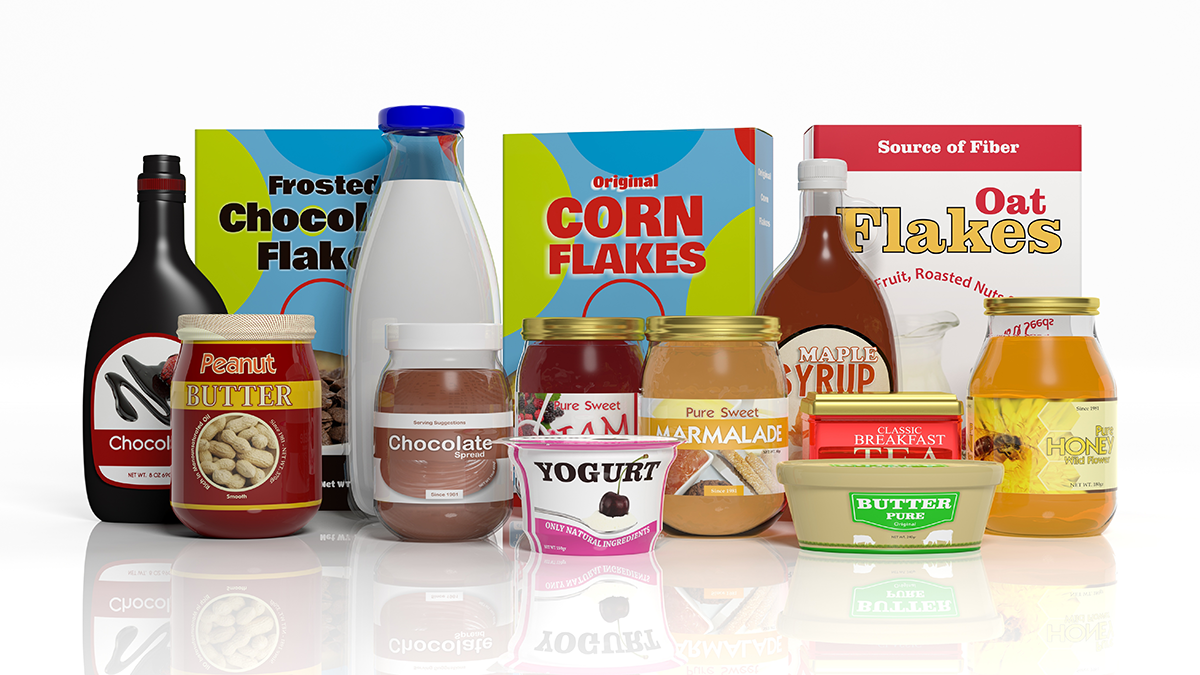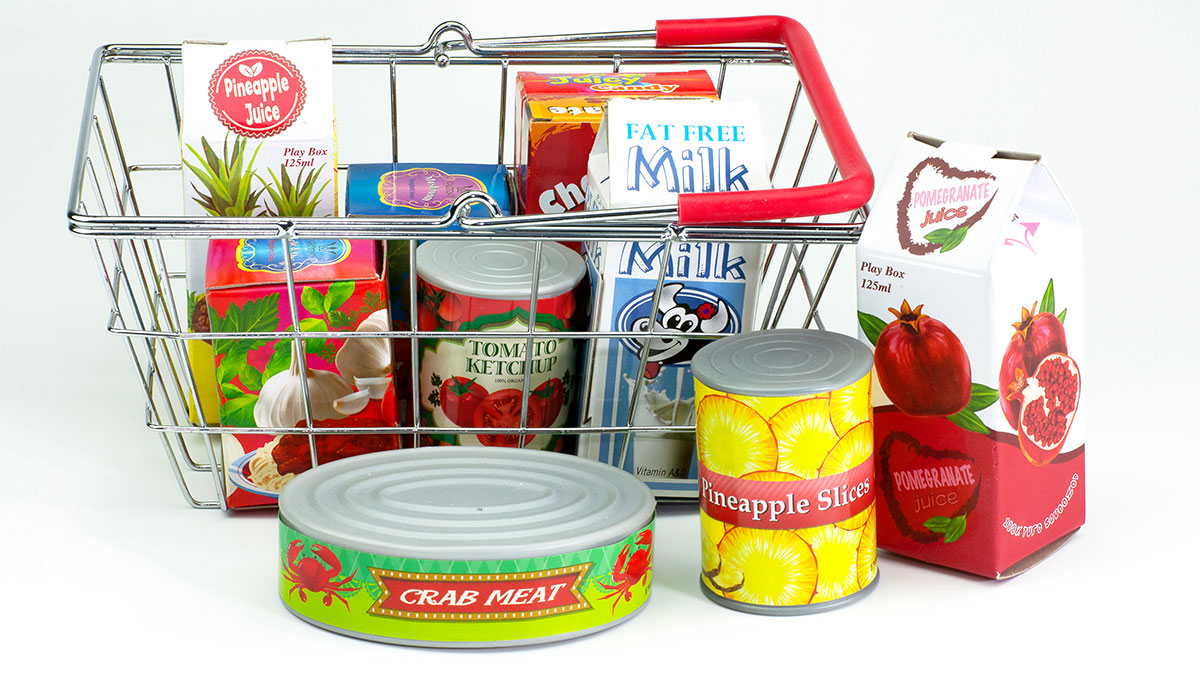By: Doug Baker, Vice President, Private Brands, Food Marketing Institute

The moniker “best seller” is often used to tout and elevate a brand’s status on the shelf, and for many shoppers, it is a purchase motivator. For private brands, the “best seller” category is something to aspire to, but if you’re a brand owner, you often find yourself competing with your own shelf space. What’s a private brand owner to do – or at least that’s a question I often ask of my private brand community. Here are some questions that you can use as thought-starters in your own company:
Who does the best job placing private label in the sections? I can’t play favorites, but companies that utilize private brands to drive loyalty and focus on meeting consumer’s needs seem to be winning.
Why are these companies the best? If you go with the idea that private brands are one of the key tools to build customer loyalty, then everything you do with merchandising and marketing is focused on that private brand. Far too often small, non-critical brands are set on the shelf at the expense of the private brand. We often ask ourselves: Is it really variety or duplication?
What is the best way to merchandise private brands? This varies by category and store size, but when categories hold a large or leading market share, creating a strong presence on the shelf, or ‘brand block,’ is often successful. My peers would agree that brand-blocking sometimes helps consumers from a convenience standpoint. An alternative to a brand block method that I used early in my career within center store was called a “west-coast modified brand block.” This marketing tactic would position like-products together in a block by brand, such as all the crackers together or all the cookies together.
What other methods of shelf merchandising have been tested? Throughout my career I have witnessed private-brand-dedicated aisles employing eye–level placement tactics. A successful example of a test I participated in within the pickles/relish category employed a vertical block and included only the leading national brand and the store brand. We built a promotional plan that ensured the consumer did not lose “feature only” weeks and tested complimentary brand features. In this test, we not only garnered an increase in the store brand sales, but we also saw double-digit increases within the category.
Should private brands be placed to the left or right of the national or leading brand? In every instance where the set was integrated, the private brand equivalent was placed to the right of the leading brand in that category. The other merchandising option to consider relates to when the private brand ranks third in a category. In this case, the private brand is placed to the right of the leading brand and to the left of the second-leading brand in the category – similar to reading a sentence. This is what motivated the decision to put the private brand to the right of the leading category brand.
As private brands continue to mature both with consumers and within retailer strategies, what other notable moments have you had as a brand owner or as a trading partner? Email me.
You can also visit our Private Brands industry page for related research and content.


 Industry Topics address your specific area of expertise with resources, reports, events and more.
Industry Topics address your specific area of expertise with resources, reports, events and more.
 Our Research covers consumer behavior and retail operation benchmarks so you can make informed business decisions.
Our Research covers consumer behavior and retail operation benchmarks so you can make informed business decisions.
 Events and Education including online and in-person help you advance your food retail career.
Events and Education including online and in-person help you advance your food retail career.
 Food Safety training, resources and guidance that help you create a company food safety culture.
Food Safety training, resources and guidance that help you create a company food safety culture.
 Government Affairs work — federal and state — on the latest food industry policy, regulatory and legislative issues.
Government Affairs work — federal and state — on the latest food industry policy, regulatory and legislative issues.
 Get Involved. From industry awards to newsletters and committees, these resources help you take advantage of your membership.
Get Involved. From industry awards to newsletters and committees, these resources help you take advantage of your membership.
 Best practices, guidance documents, infographics, signage and more for the food industry on the COVID-19 pandemic.
Best practices, guidance documents, infographics, signage and more for the food industry on the COVID-19 pandemic.
